Extracting the hydrogen found naturally in the earth

Spotted: Hydrogen is a promising fuel for a future decarbonised economy, but, currently, more than 99 per cent of the hydrogen produced globally comes from fossil fuels. Green hydrogen, which is produced by running a renewable electric current through water, is a leading alternative to fossil-derived hydrogen, but it comes with its own set of challenges, such as the high cost and energy demand of the electrolysers used to produce it. This has led innovators to look for further clean sources of hydrogen to supplement the nascent green hydrogen industry.
This is where US startup Koloma comes in. The company aims to extract naturally occurring hydrogen from iron-rich rocks, taking advantage of a natural process called serpentinization. During this process, groundwater reacts with iron in the Earth’s crust to create pure hydrogen in a reaction that goes on continuously, replenishing the gas at a rate of 23 megatonnes per year – which is equivalent to around 30 per cent of the world’s hydrogen demand.
Once geologic hydrogen is formed, there are several natural mechanisms by which it can become trapped to form reservoirs that can be tapped through drilling wells. Koloma is currently exploring its first test wells in the American Midwest (their precise locations are kept secret), which is yielding samples that are being analysed for volume and purity. The company’s founder, Dr. Tom Darrah, a professor of earth sciences at Ohio State University, has secured multiple patents for hydrogen extraction technologies.
The hydrogen Koloma hopes to extract promises several benefits over hydrogen produced using existing methods. According to data shared by the company, the carbon intensity of geologic hydrogen is only marginally greater than green hydrogen produced using renewable energy – the current gold standard for clean hydrogen. However, it also requires almost no external water and very little external energy as inputs, which sets it apart from all other hydrogen production methods, including green hydrogen. It also does not rely on large-scale wind turbines or solar farms, which take up a significant amount of land.
The promise of geologic hydrogen has captured the attention of several startups, but Koloma has just received $91 million of funding from the Bill Gates Foundation, meaning it is well-placed to expand its capabilities and the production of geologic hydrogen a commercial reality.
Springwise has covered several alternative sources of clean hydrogen including a company that is producing Green Hydrogen from biowaste and a process for making hydrogen and carbon black without combustion.
Written By: Archie Cox and Matt Hempstead

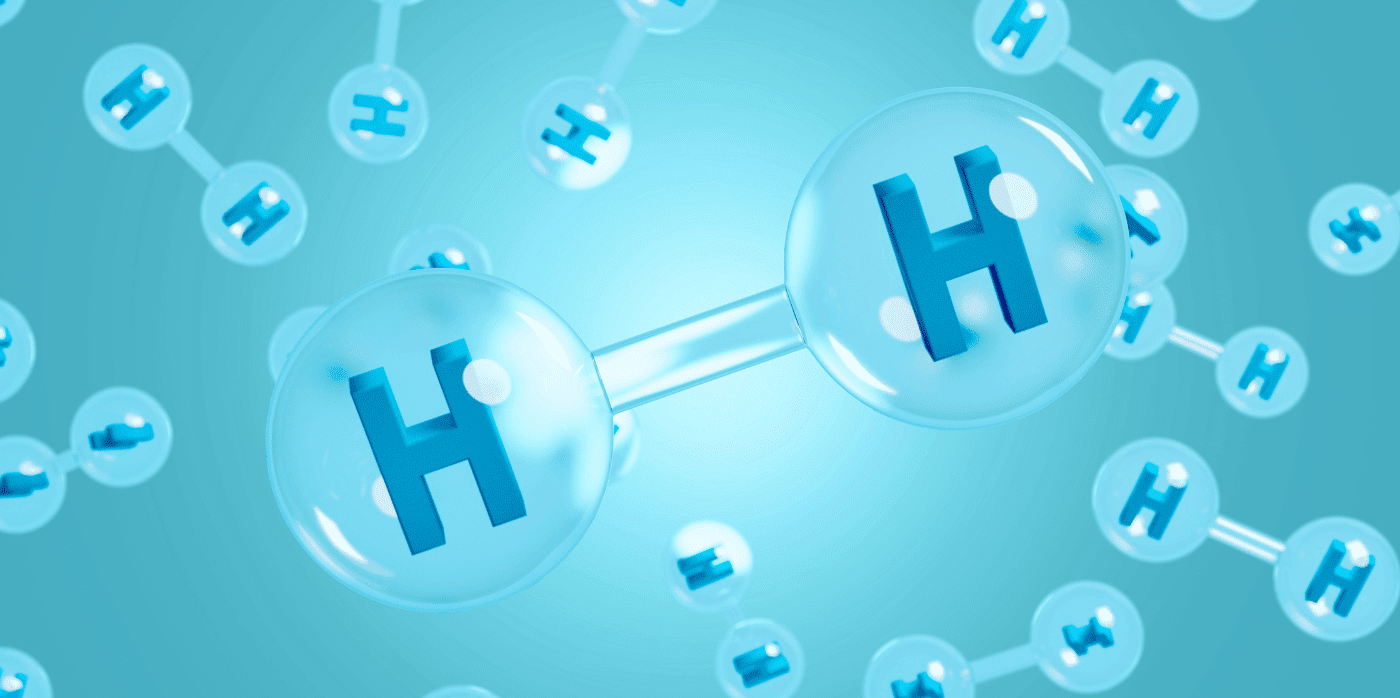
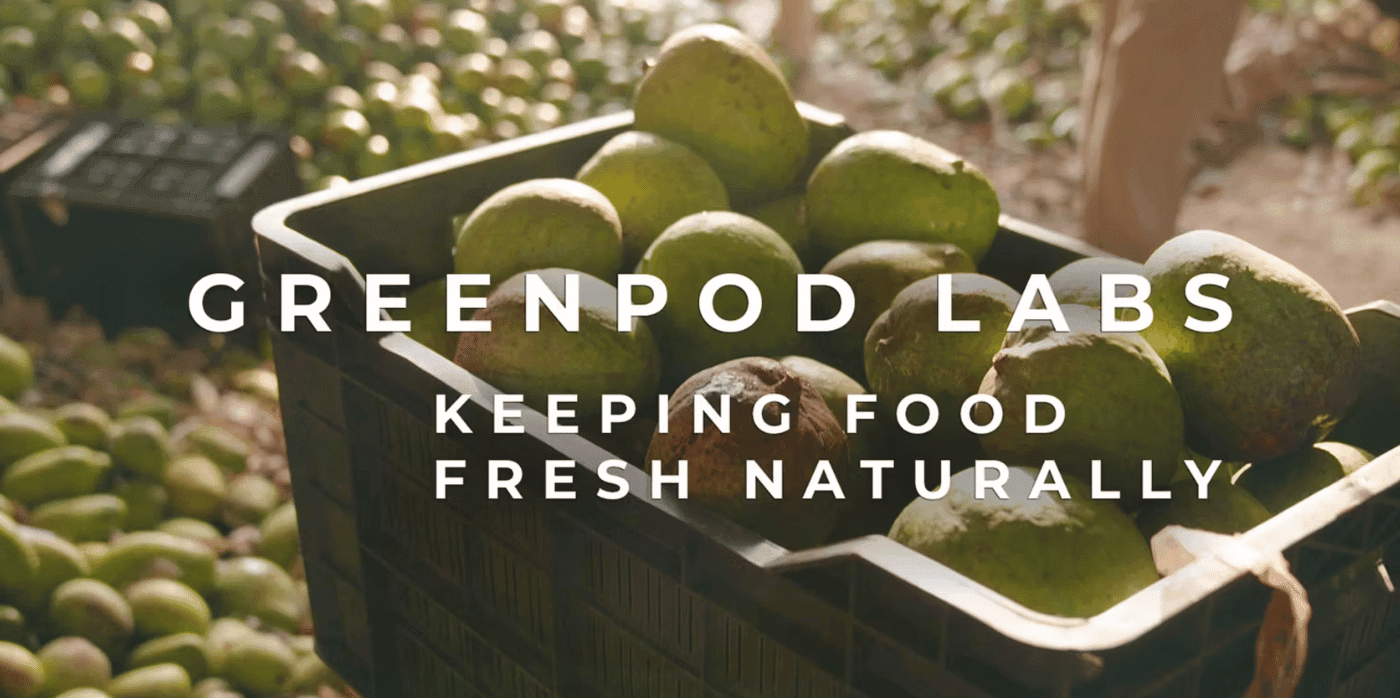

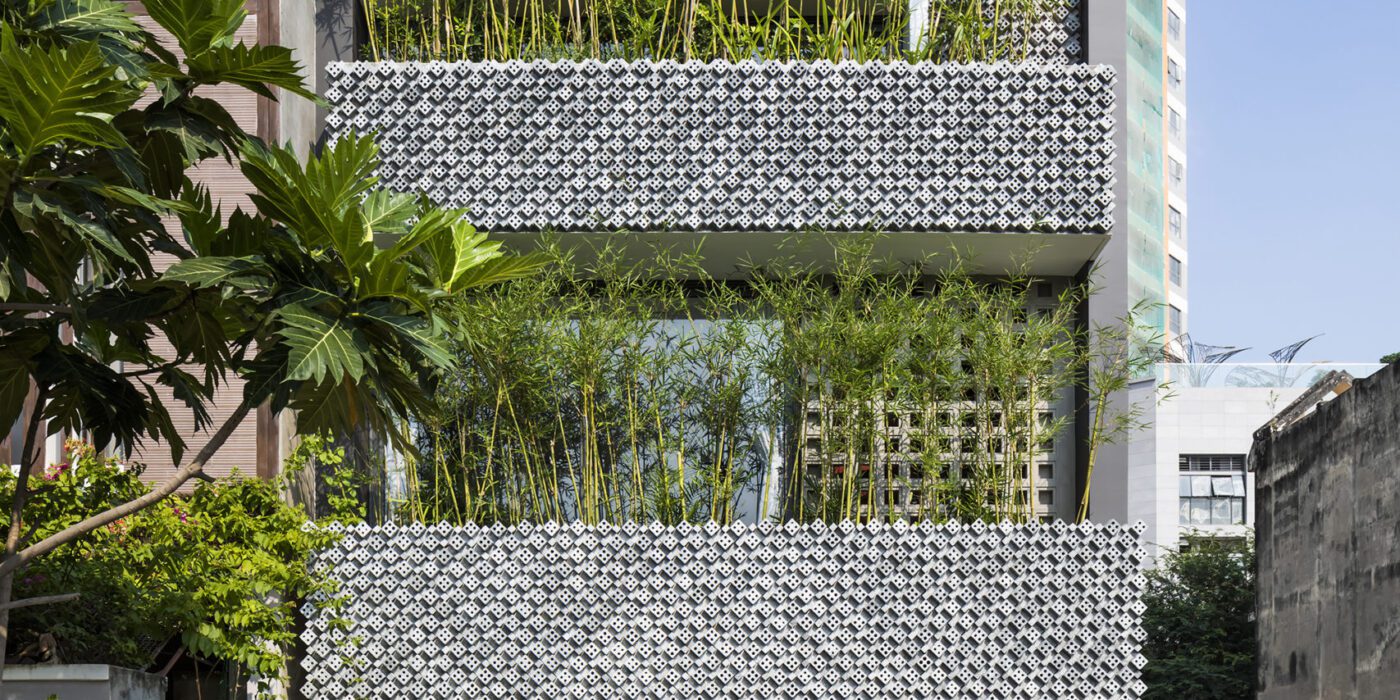
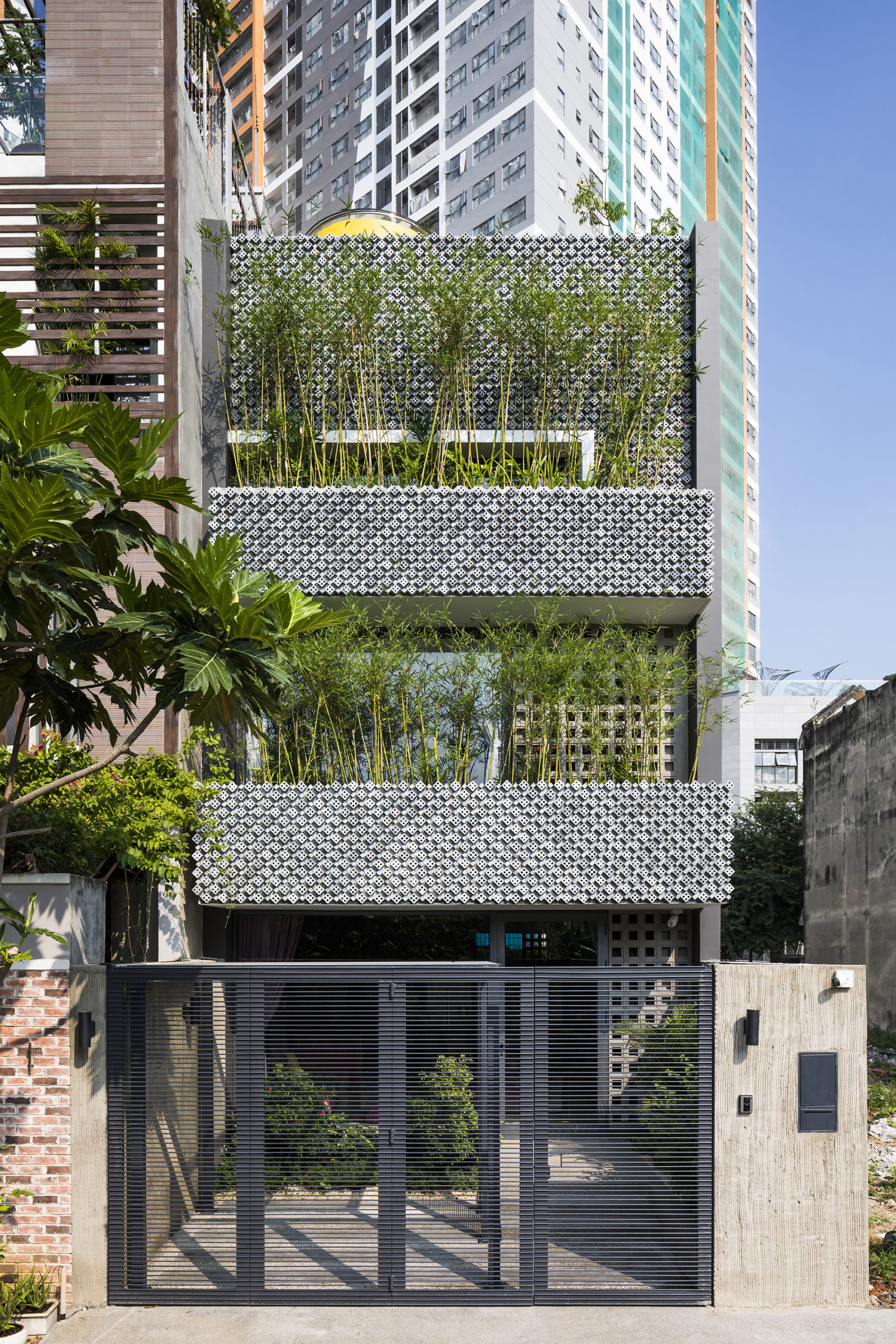
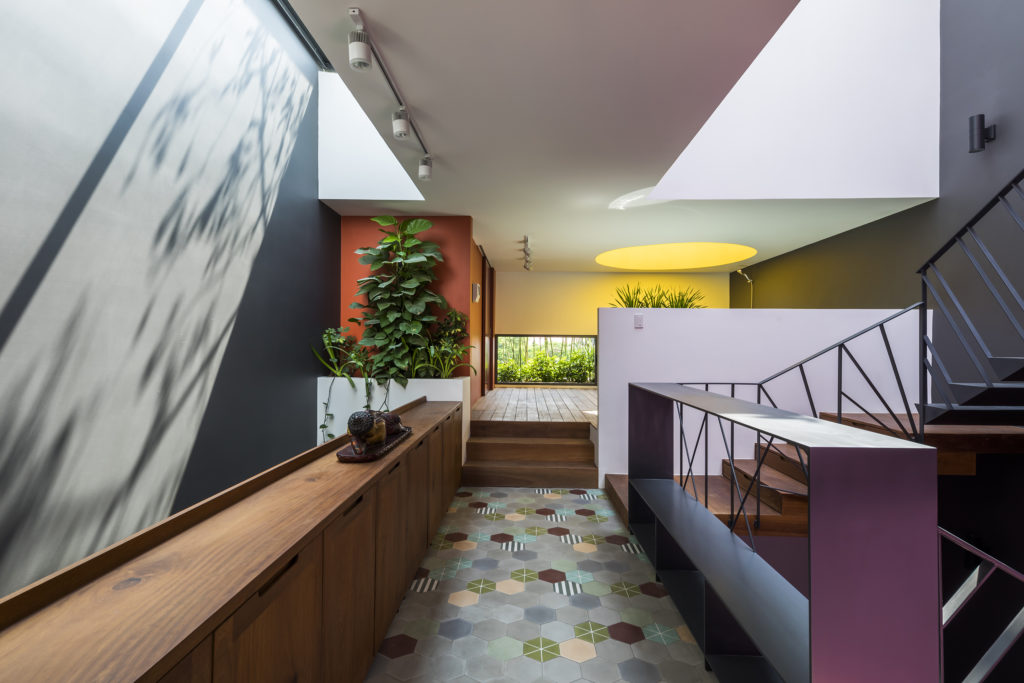
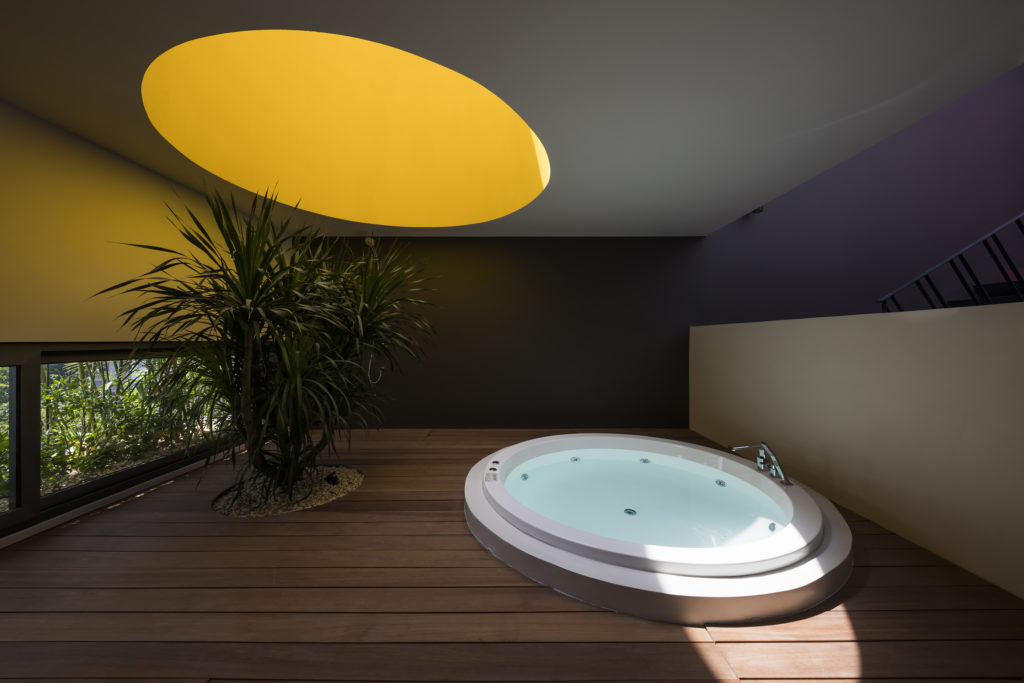 This modernist construction in Ho Chi Minh combats the perception that shophouse-style buildings suffer from a lack of natural light because of the inherent narrowness of their lot. The designers do so with a textured combination of cement breeze blocks and brick patterned walls, letting sunlight gently diffuse inside. Bamboo trees, meanwhile, create their own natural screen to filter the direct sunlight coming through the street-facing windows.
This modernist construction in Ho Chi Minh combats the perception that shophouse-style buildings suffer from a lack of natural light because of the inherent narrowness of their lot. The designers do so with a textured combination of cement breeze blocks and brick patterned walls, letting sunlight gently diffuse inside. Bamboo trees, meanwhile, create their own natural screen to filter the direct sunlight coming through the street-facing windows.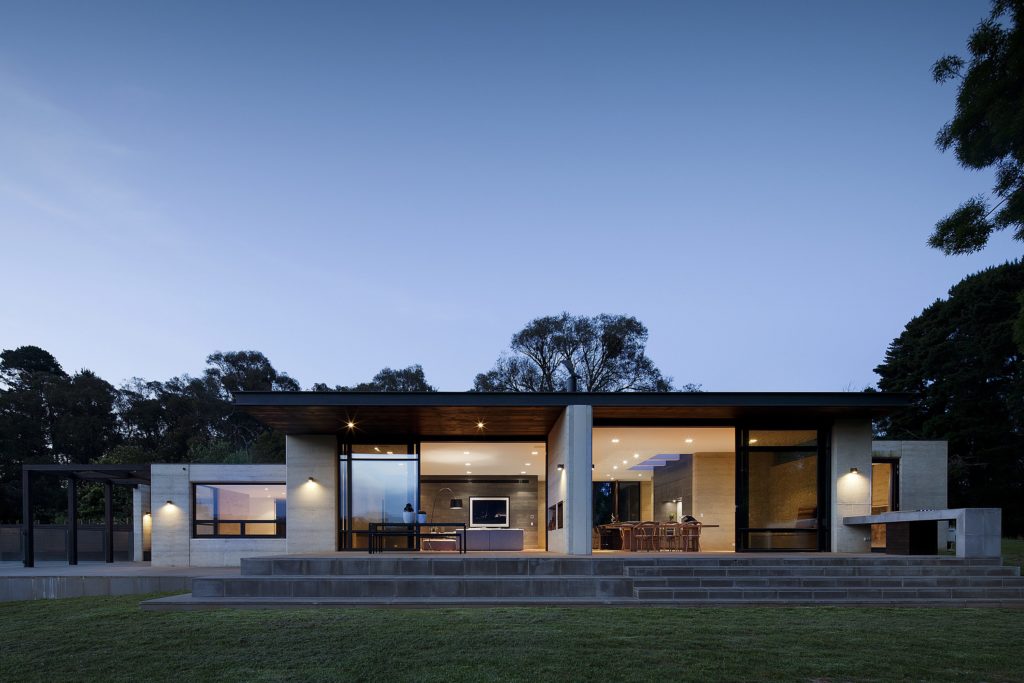
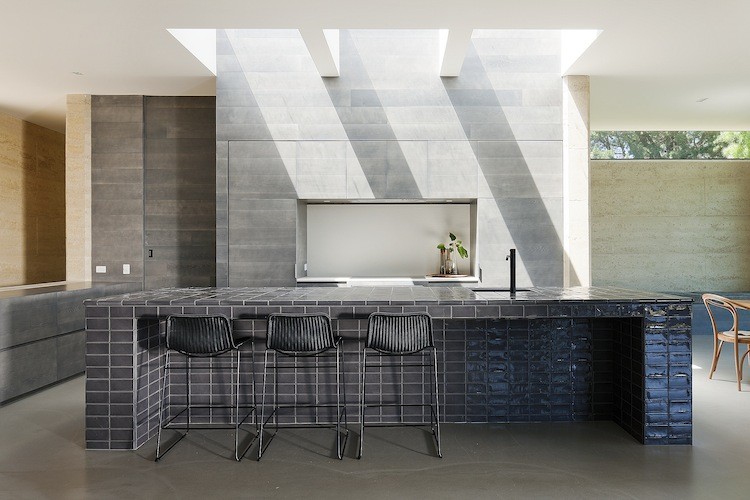
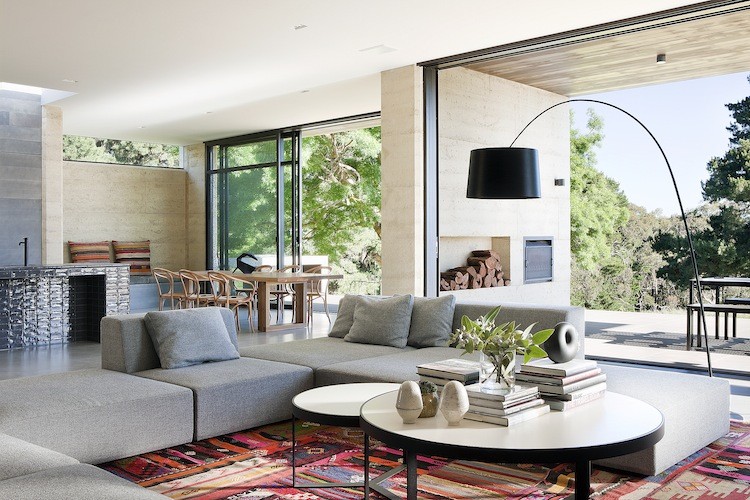 The family commissioning this rural home near Melbourne wanted to ensure plenty of natural light within the living space, but without the harsh direct northern and western sun. To resolve this issue, Robson Rak Architects designed large eaves to shade thin long high-level windows around the house, creating an evenly glowing living room and dining room. In similar fashion, the architects added two wall-like beams underneath the kitchen’s skylight, parsing out the strong sunlight into milder segments.
The family commissioning this rural home near Melbourne wanted to ensure plenty of natural light within the living space, but without the harsh direct northern and western sun. To resolve this issue, Robson Rak Architects designed large eaves to shade thin long high-level windows around the house, creating an evenly glowing living room and dining room. In similar fashion, the architects added two wall-like beams underneath the kitchen’s skylight, parsing out the strong sunlight into milder segments.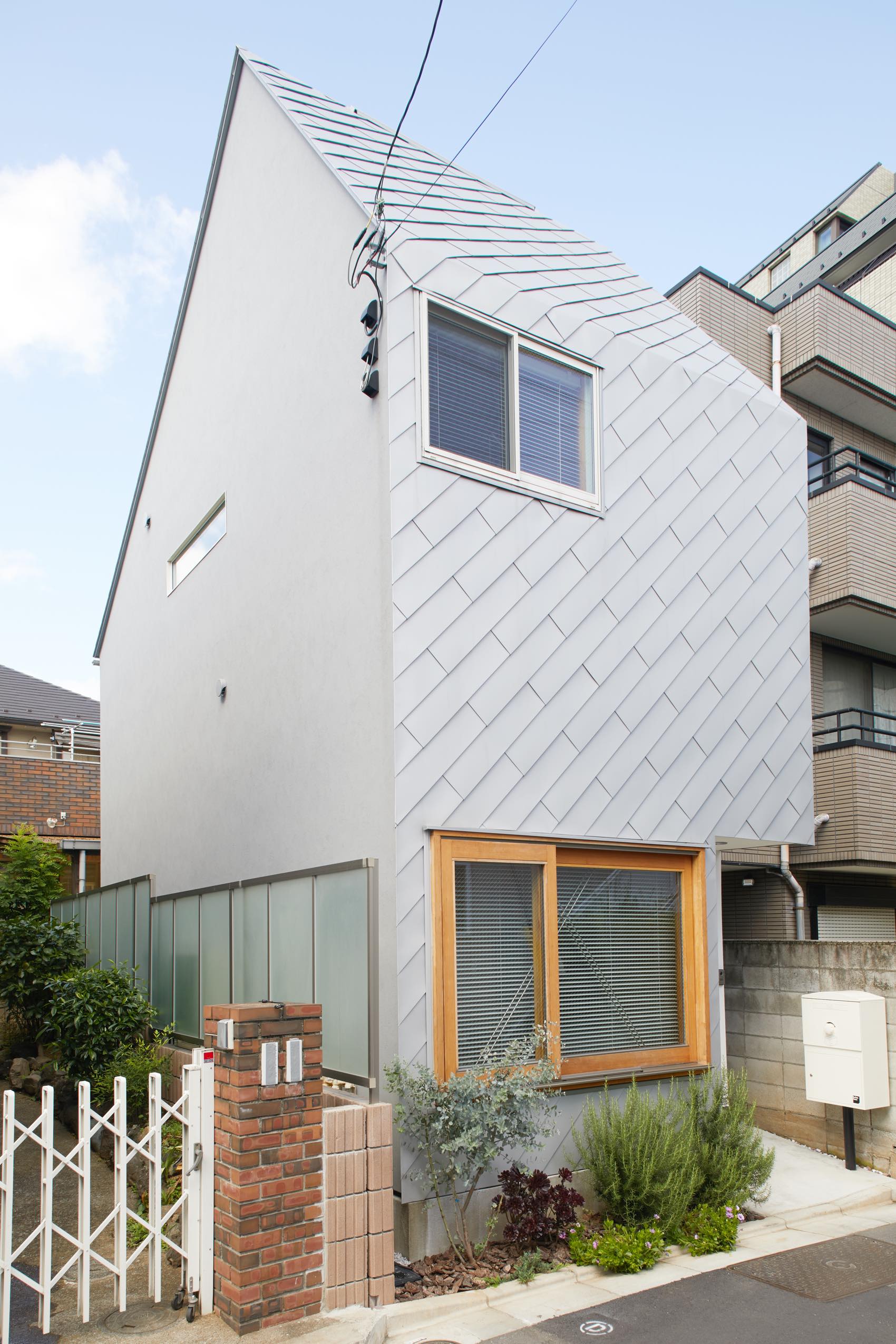
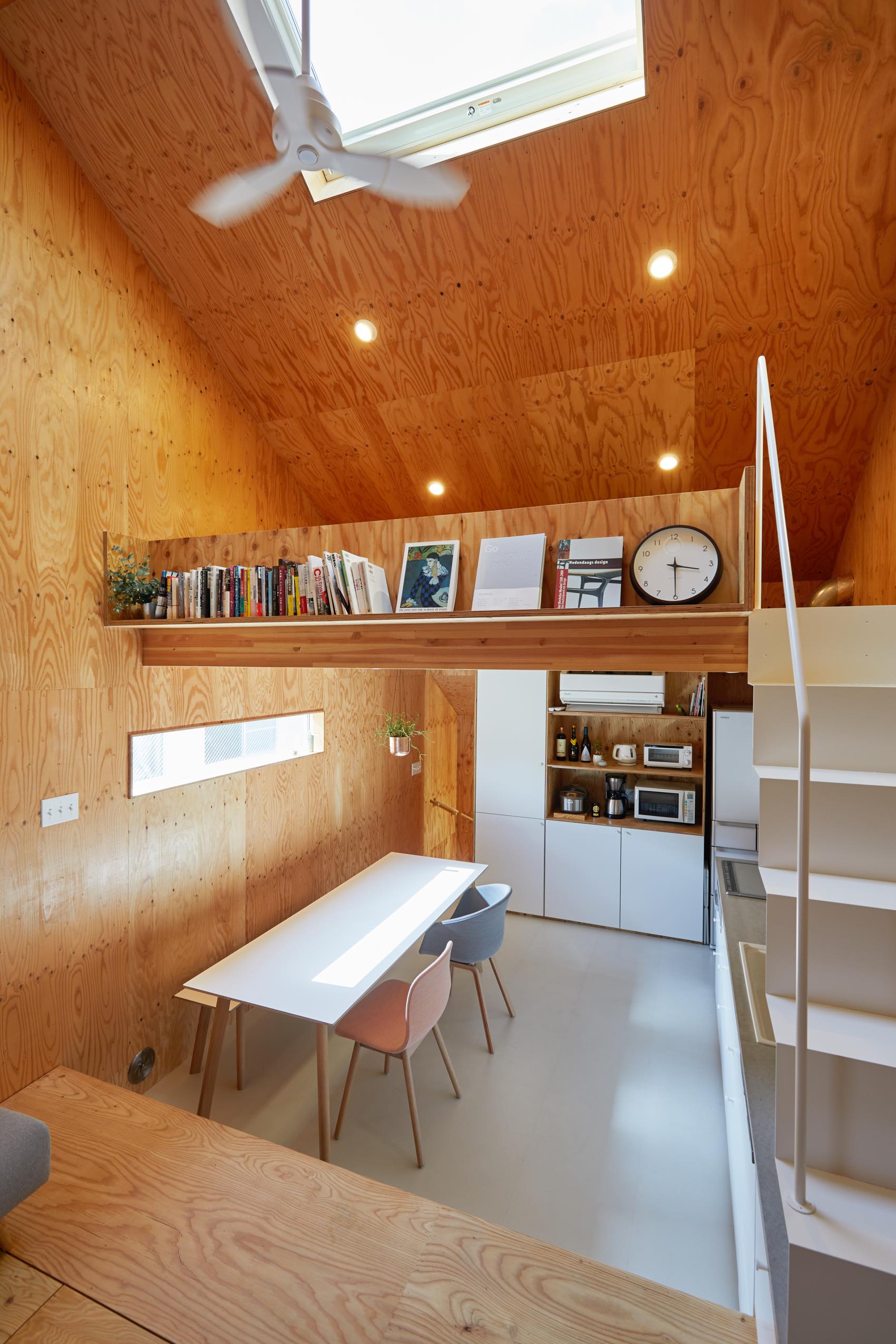
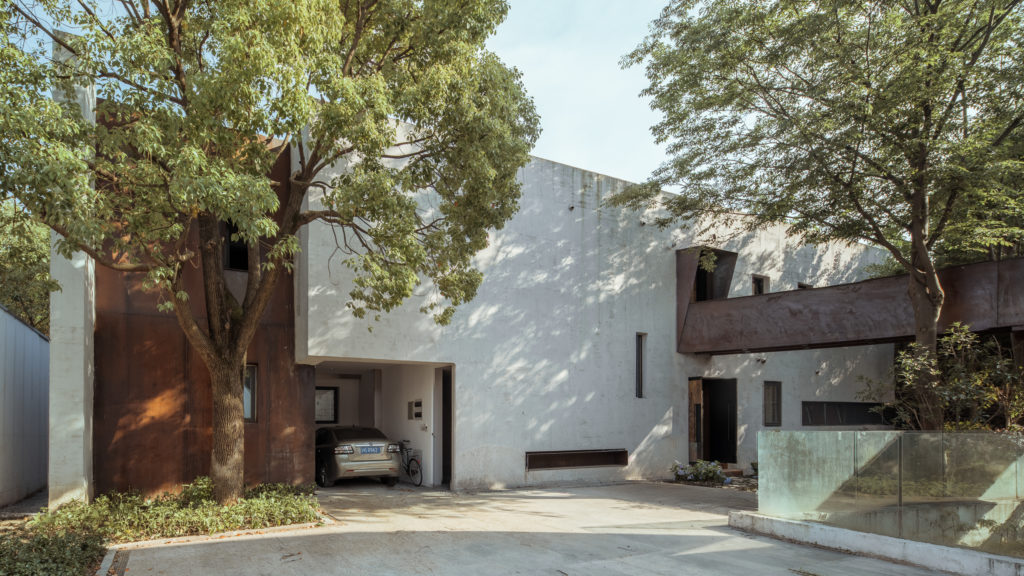
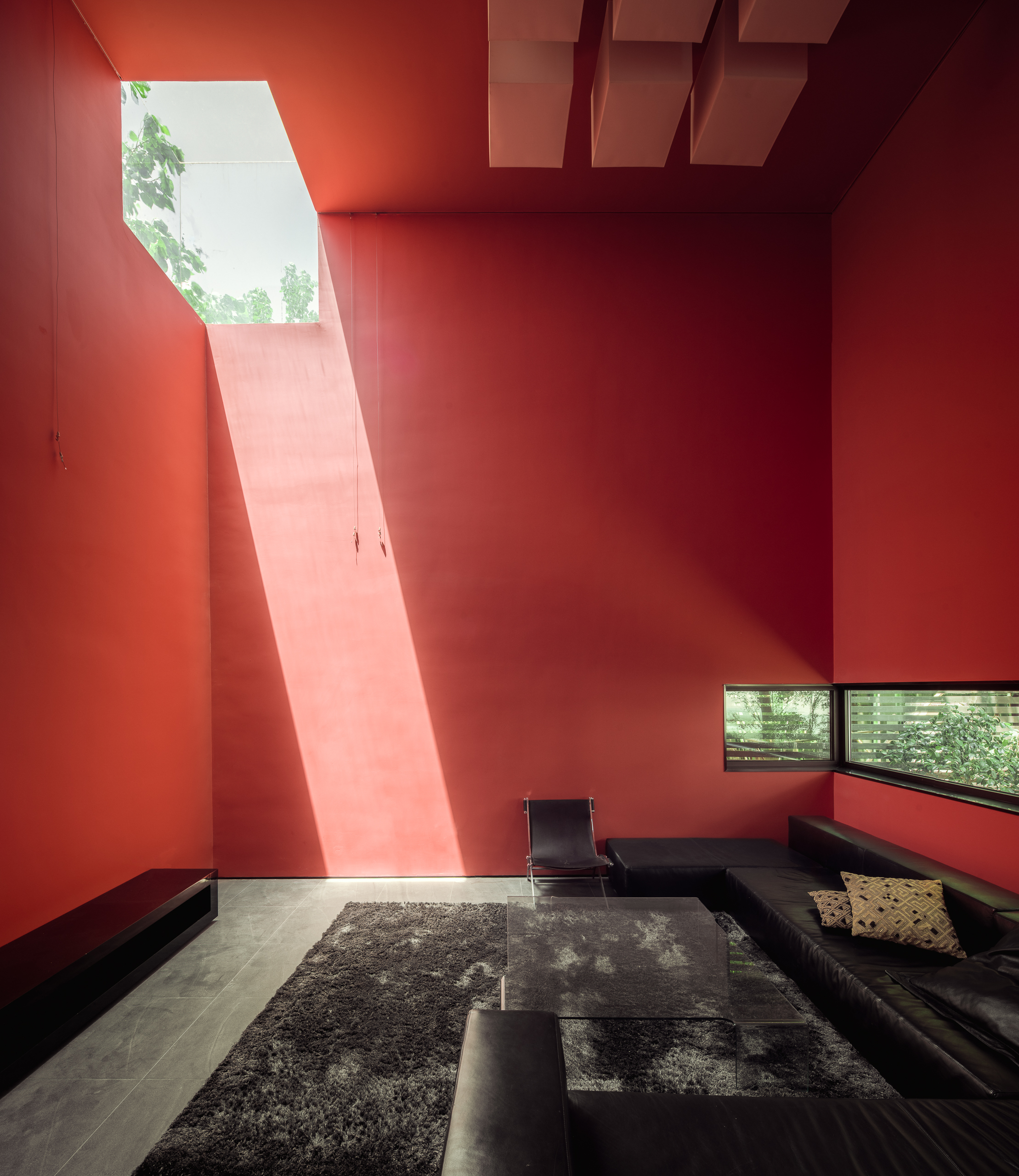
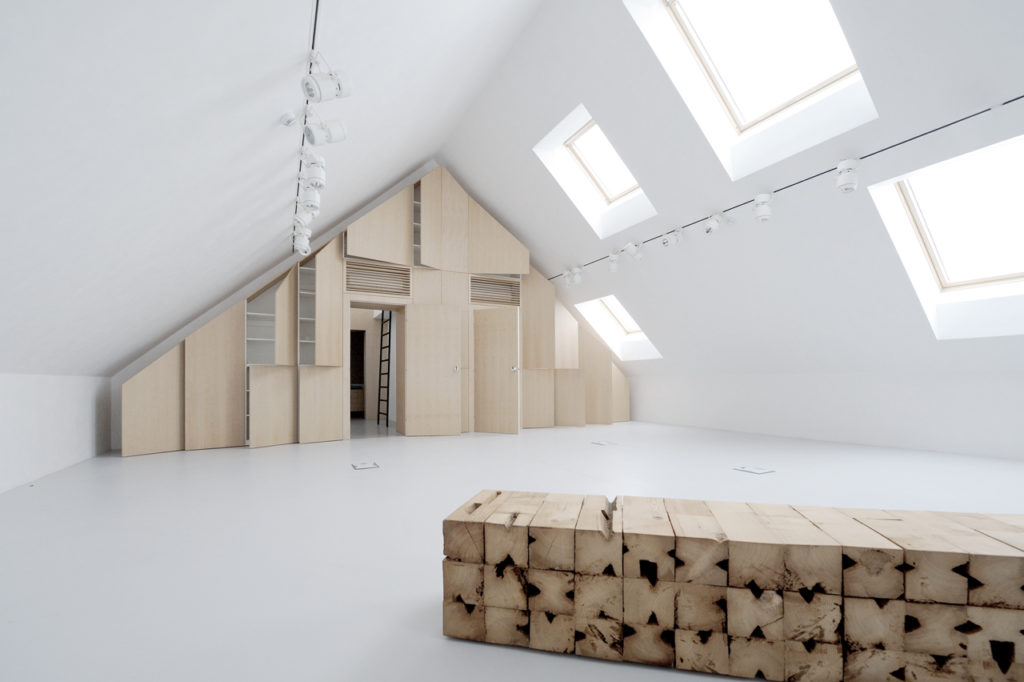
 Rejecting the idea of the theatrical space as a necessarily dark and solemn place, this new estate espouses a more open (and bright) setting for its cultural projects thanks to a series of large skylights. From the outside, the playfully random assortment of skylights and windows healthily counterbalances the more serious dark-grey exterior.
Rejecting the idea of the theatrical space as a necessarily dark and solemn place, this new estate espouses a more open (and bright) setting for its cultural projects thanks to a series of large skylights. From the outside, the playfully random assortment of skylights and windows healthily counterbalances the more serious dark-grey exterior.
